Abstract
Moving forward towards an intended future and not one plagued by complications and impractical means to increase the quality of life where it's most needed, Strategic Design needs to lead a way that emphasizes on practicality and clear communication. Putting the right conditions in place for businesses to solve their own problems first before they attempt to leave a mark on their customers and the environment is something that Strategic Design can do well, but the task shouldn't be underestimated. For far too long, too much has been said and too little implemented. Reasons vary from systemic clashes, roadblocks in collaboration and poor understanding of problems. But if anyone is better equipped to act as a bridge between design and the world, that's Strategic Designers.

Bullshit is no bullseye.
Hopefully, this optimistic account will at least inspire those who call themselves Strategic Designers to free themselves from the overload of impractical tools and the tendency to standardize processes when the opposite approach would be required.
I am guilty of using jargon, and terms like "value ecosystem", "co-creation in cross-functional teams," "long-term value." Frankly, it's hard to communicate without them but if your intention is to truly act on these promises then your solutions should clearly reflect them. But let me say this. Strategic Design is hard work, exhausting and confusing.
What's your design-jam?
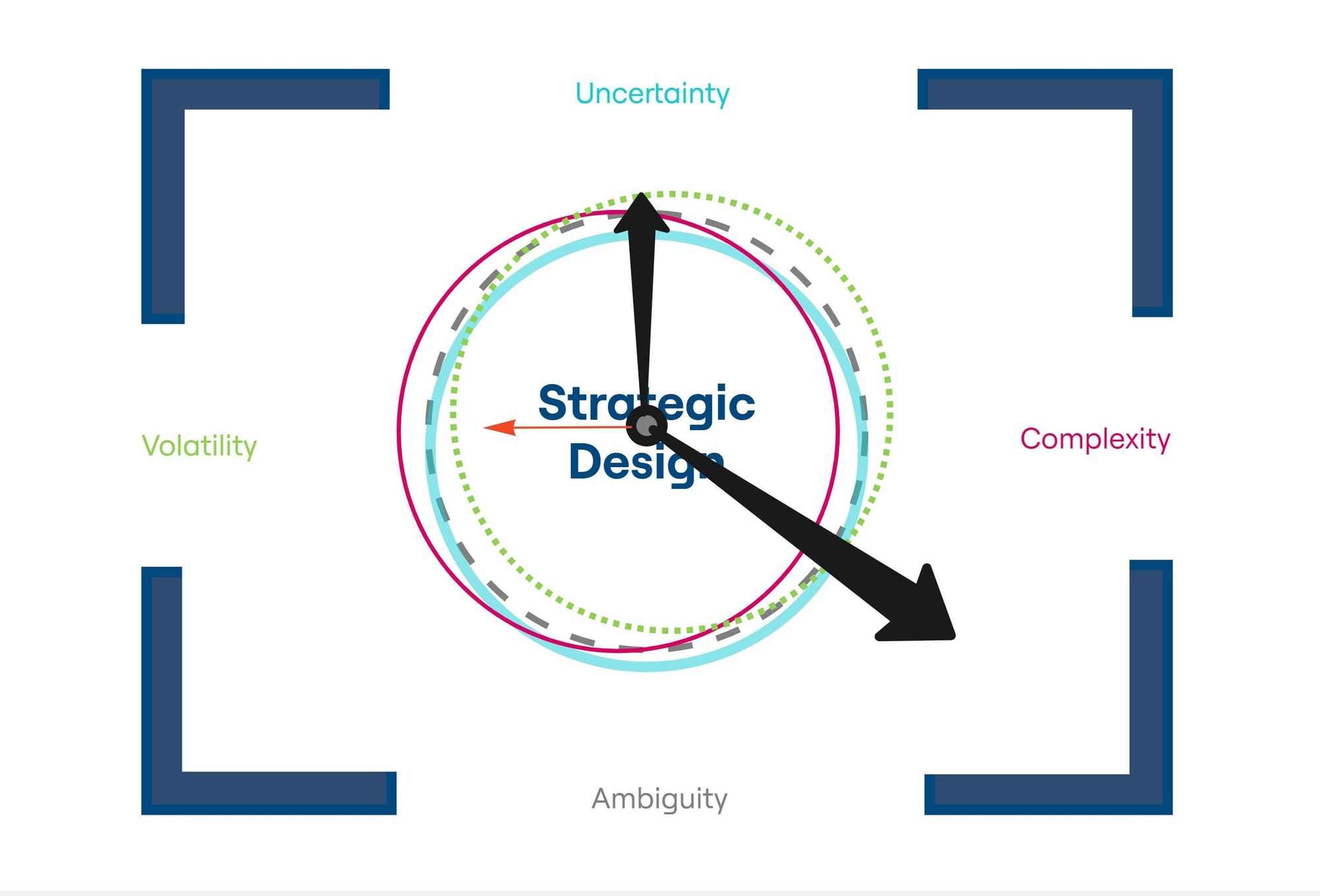
I'm beginning now to use the terms Strategic Designer and Design Generalist as interchangeable because of two main reasons:
- The spectrum of their activities is becoming incredibly broad and versatile.
- Solving problems is by far a straightforward path, especially with undefined solutions.
So, whether you explain your role using one or the other, I think it's fair to say that sometimes you are put in front of a seemingly impossible task.
Other design roles are able to do wonderful and tangible work that can be experienced and measured directly. But such is the task of the Strategic Designer to struggle and remove problems that hinder wonderful work from happening. We are dealing with systemic rigidity and contexts plagued by VUCA. Sure, all that can be ignored, we can adopt a linear process, and move things in some direction or another, but that doesn't really remove the elephant in the room. It just paints it in a colour that blends with the environment. So, when the problem arises again it's even harder to spot (I know something is wrong, but, gosh, what is it?!)
Humble insights from experience
The insight for me working with a broad sphere of companies and cultures was that businesses don't efficiently. The bigger they are the slower and the more rigid they stay. They are full of blind spots that hinder problem understanding and even when the problem has been identified correctly, someone who's not in the loop but may be a crucial decision-maker, will simply overlook its value. To my astonishment, I thought the world would "crash" because things are impeded from happening, customers not getting the quality of service they expect and desperately pay for anyway.
In fact, mediocrity, poor results and drainages in a system, are not the end of the world as we know it. These may very well be the things that keep it all together. But that's a debate for another time.
So, why are we trying so hard to improve things? Is our innovation led now only by the prospect of profit? Perhaps, the common sensical say "if it ain't broke, don't fix it" holds some practical truth to it and we should start thinking about the absurdity of incremental innovation that has ruined half of my personal experience as a user.
But here's a hopeless ambition I have and can't seem to get rid of: an aggressive increase in quality over quantity.
As a Strategic Designer with far too little experience I cannot help but wonder naively at the landscape of Design: why are we using design skills in such a limited way? We have the opportunity to create meaningful improvements, but instead their role is reduced or simplified to fit in a framework of control.
Take digital design par example:
For the past couple of years, web and app design have been pushed in a direction of oversaturation. The current push into a market that is dawning, is disappointing. We are not reinventing the role of design to become fresh and useful again in areas where talented people can transfer and learn new skills. The landscape of digital design needs to change and is not slick design with intuitive UI that I would, personally, look for as the way to do it. Patch work is not quality work.
From a user perspective and not so much as a designer, I must admit that I've become lazier and more in the search of minimalism thanks to AI. I dread looking at any website just for open browsing, ads and offers that tire me. All I need is a tiny search button where I can type what I'm looking for. A well-executed design is the one that removes all of the noise for me and let me find very easily what I'm looking for. Add a good chatbot and I might as well interact with it, instead of scrolling around. Of course, I barely have a say in this, since users are consumers, and the more they consume, the better. Sure, if you are a talented designer, get creative, impress me, but if the result is average and I've probably seen the same layout 1000 time, paired with poor content - it's a disappointing state for that area of design.
And the problem doesn't even end there.
The amount of courses and bootcamps that have surfaced lately is overwhelming. Everyone is teaching about web/ui/ux/app/graphic design etc. "Become a freelancer, the layoffs in these companies won't affect you. They are an opportunity for you who are more versatile, as the designers who worked in those companies where not very good. But you can definitely out best them. This is a fairly ridiculous response I got from someone teaching one of these courses. This reminded me of a short fable I once read on a university wall: "Shi Tzu (don't remember the name exactly) spent his entire life to master the skill of hunting dragons, but by the time he became a master, there were no more dragons to hunt. So, instead, he decided to teach others to become dragon hunters." The hard truth is, it will be very difficult to get hired just by doing a course. Taking design seriously, means you have to build a proper and extensive design education, one 3 or 6 months course won’t cut it. (Why designers quit – Medium & Why getting hired soon after UX training is so hard? – Medium)
I cannot judge, since everyone is trying to hold on to what they know and can do. Change is not easy to spot because it's not evenly distributed. But the clock is ticking, and that change might as well sweep away all of the digital design into a storm.
But Strategic Design is equally problematic and at risk. A lot of things are really inconsistent in our interconnected world. The rich well of useless things promoted as catering to excitement "needs" and experiences requires a critical eye to discern the purpose of design where it's hardly obvious. How many apps can take care of my needs? When will I value the contribution of service design in the public sector and when will my say really count?
Maximizing value of things that don't provide any real value is more of a mind game rather than creative problem solving in product innovation, for instance. Everyone wants to design meaningful things that also return profit, but at some point on the roadmap there has to be a compromise. When this happens, you bring a distorted picture of the reality of your users and have to invest resources in maintaining it.
"The two prime currencies for business leaders today are commercial sense and execution (or “viability and feasibility” in design thinking speak). None of the toolkits, methods and artifacts of the Strategic Design toolkit take this seriously enough. They are afterthoughts or chapter headings, often seen through the lens of “desirability”." (Class35, Medium)
Done right, Strategic Design is an extremely valuable asset. Threading superficially, dealing with symptoms show only a weak form of Strategic Design that doesn't really solve relevant problems, but handles patchwork since it leads to quicker results. So now, more than ever, it has to prove itself.
My ambition as a Strategic Designer is that at some point, I'll become so good at what I do that when I propose a solution to a problem it will be impossible to ignore or refute. All the relevant stakeholders will be weaved in, the conditions for action to be taken will be in place and no one will try to downplay or replace it with a "simpler" or quicker fix. Sure, a good solution can be costly, but even if it was done for free, the cost of change (even though it may be just a mindset change really) is perceived as higher. But strike with clarity of idea and action in a messy world and you might get a chance to actually contribute to projects that lead effective solutions.
Oh, and one more thing...It may sound obvious to some but...
Strategic Designers don't pull solutions out of thin air. But because the role is so versatile, most people don't know they need SD at the table. Their effort and attention is a mix of strategic groundwork, coming prepared, equipped with tools relevant to collaboration and handling the complexity where the problem needs to be (re)framed, (re)thought, (re)defined. Working with Strategic Designers can be a challenge for siloed and large-size organizations because the nature of collaboration and the solutions that usually arise from this engagement tend to be systemic and transformative which would require tearing down extra walls you didn't account for initially.
Framework design
So, the toolkits and the artifacts Strategic Designers create are really hard to measure, just by taking a glance at them. You see their power when they move the work and the people involved. I personally found framework design as a super-exciting niche (misleading, since requires such extensive knowledge to pull off). It's something that aligns to change, it boosts my experience and the quality of my work. The downside is, some of my frameworks might not be used without me or if I move from one different problem to another, I will have to reinvent the wheel if the context deems the two incompatible. A lot of toolkits will catch dust, some may even be dropped along the journey. But that's the change I see for Strategic Design:
1. You have to constantly redefine and present yourself as with each cycle of transformation the State of Design goes through
2. You have to make hard decisions and be very clear about why others have to make them too
3. You have to build stamina to engage with complex challenges that require expert knowledge you may not have but will be worth it just to know who can be brought at the table to
To put it shortly:
Strategic Design needs to be bolder and closer to the problems rather than the toolkits. We are humans, constantly learning, most of the time not knowing what to do, but it's the resilience and the perseverance that makes the difference on how problems are approached. You push for what is possible when you don't know it's possible. You learn as much as you can and focus on sharing that knowledge with anyone involved. Insights and breakthroughs are not available for those who hope that a solution arises from their minds. It's the temporary collective mind that surfaces from good collaboration. At the end of the day, for quality outputs, you need quality inputs. Never fall short of that.
I’d love to know the perspectives of other Strategic Designers out there So give me a shout 😉 I’m more than happy to share and humbly learn from you.
References
- https://class35.medium.com/sorry-folks-the-strategic-design-gold-rush-is-over-d480e1703403
- https://medium.com/design-bridges/junior-designers-915c493f83b1
- https://medium.com/user-experience-design-1/why-designers-quit-2023-report-24dae87d7896
Written by Daiana Zavate.
About the author
Strategic Designer on a journey to get crazy better at developing practical approaches to problem framing and perspective shifts. Top playground: Framework Design.
Links
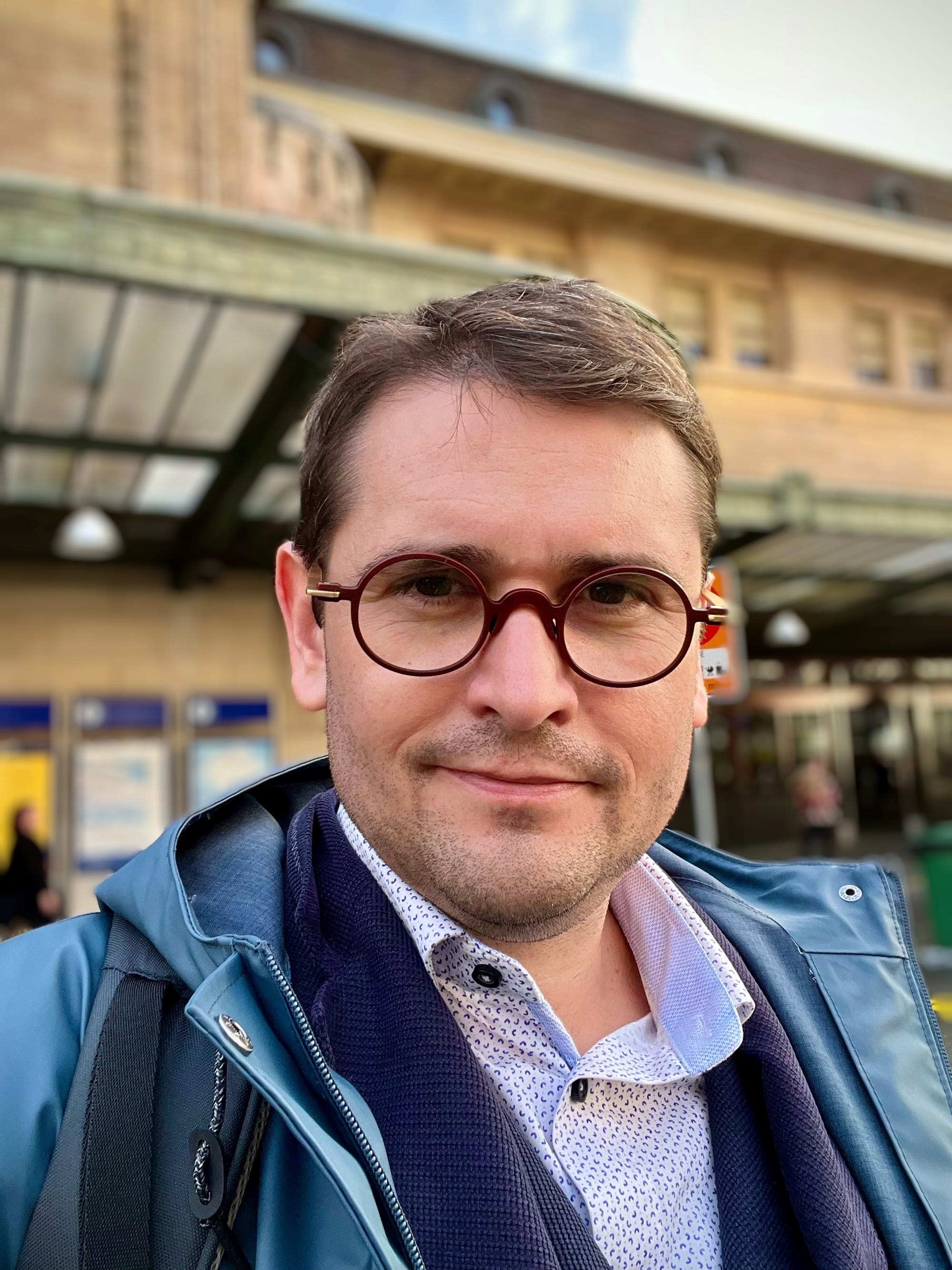

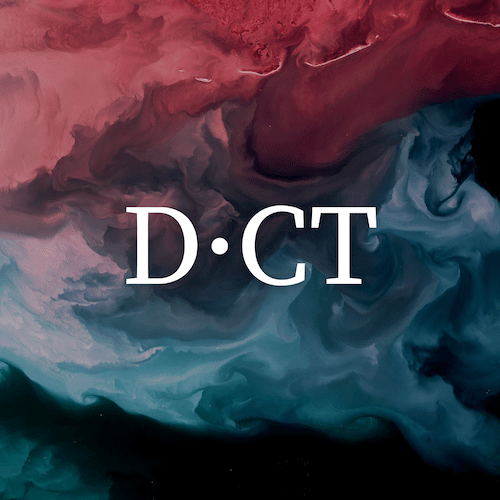




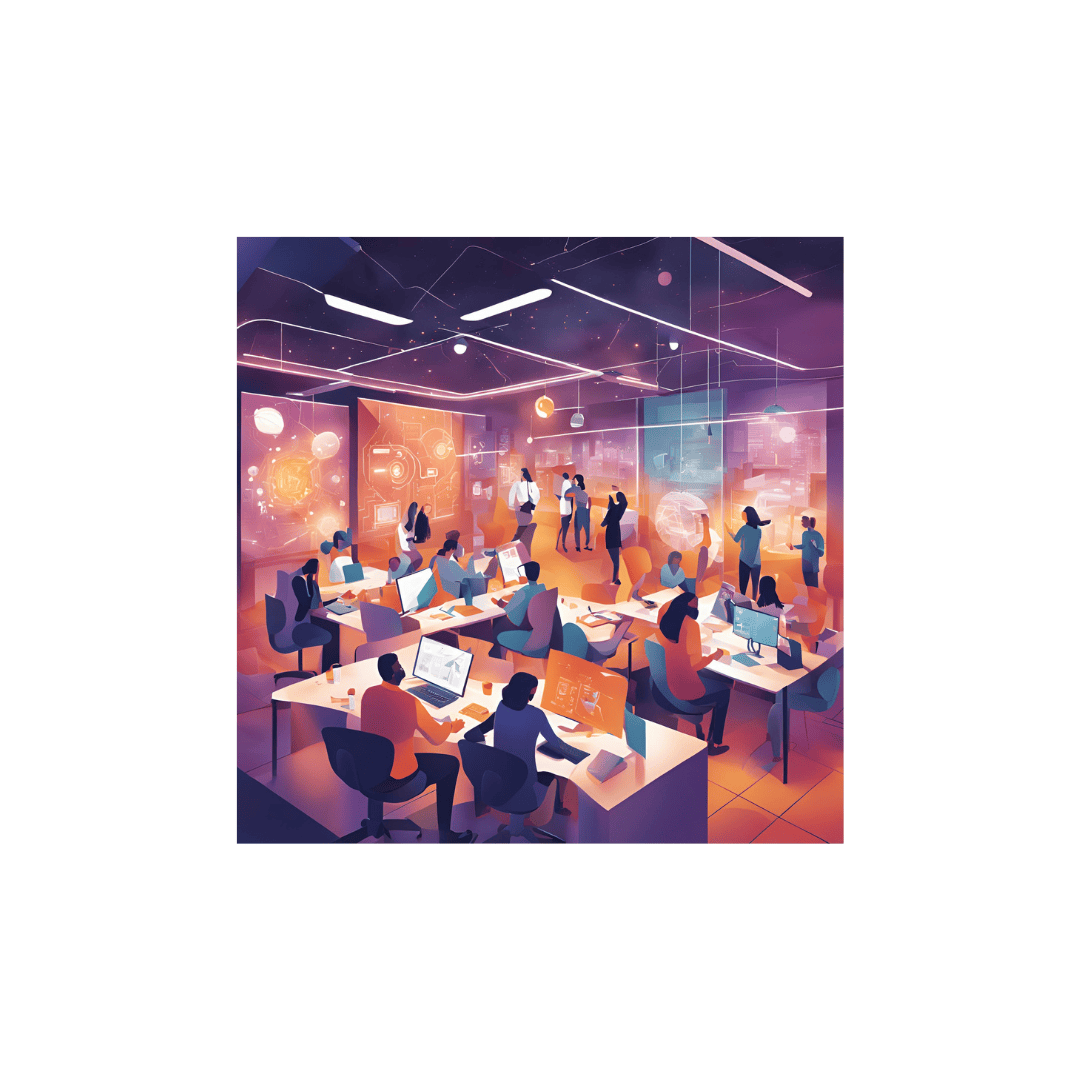


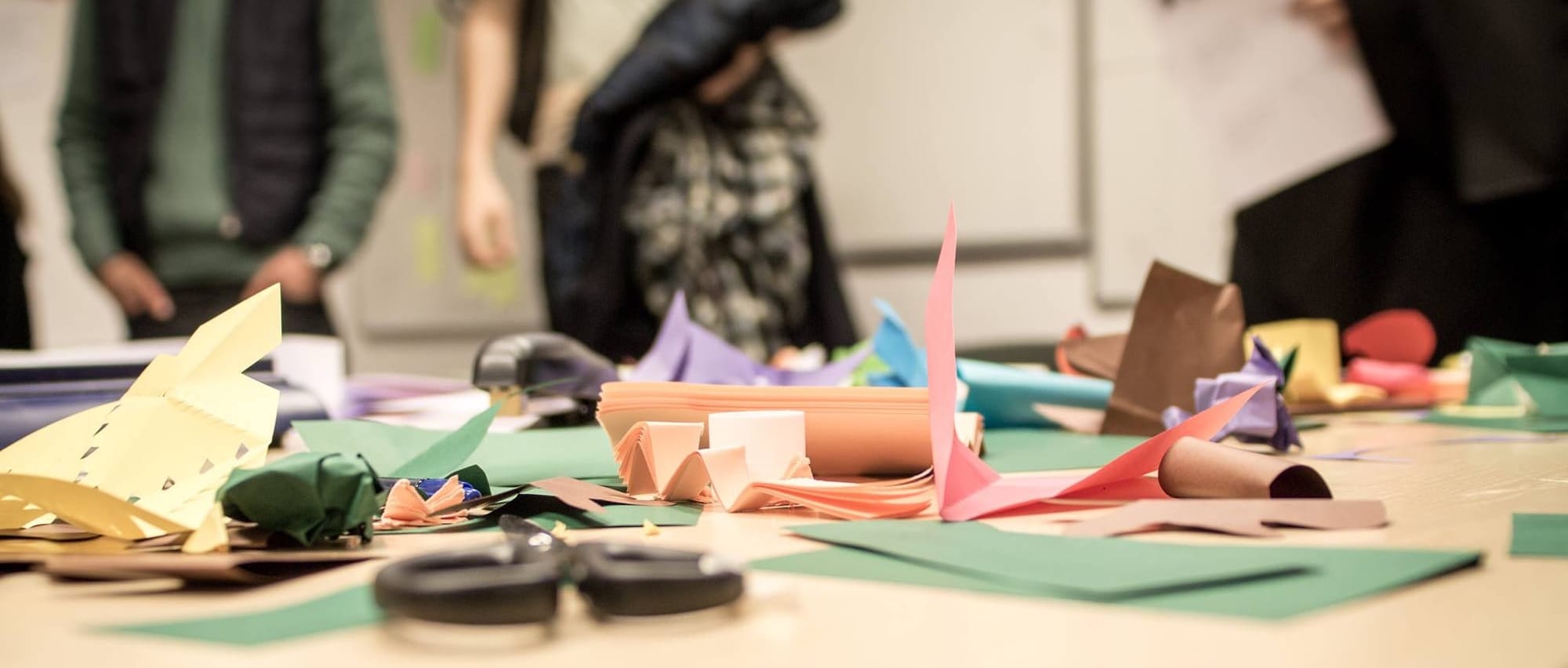

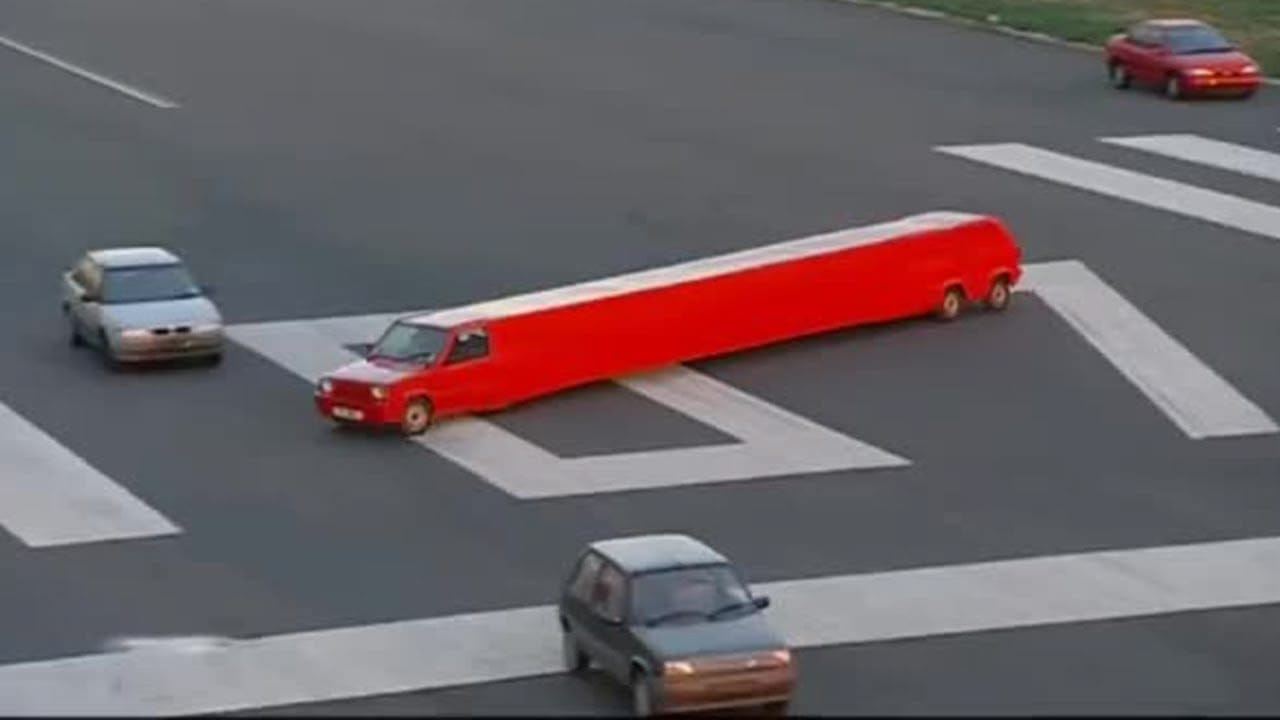
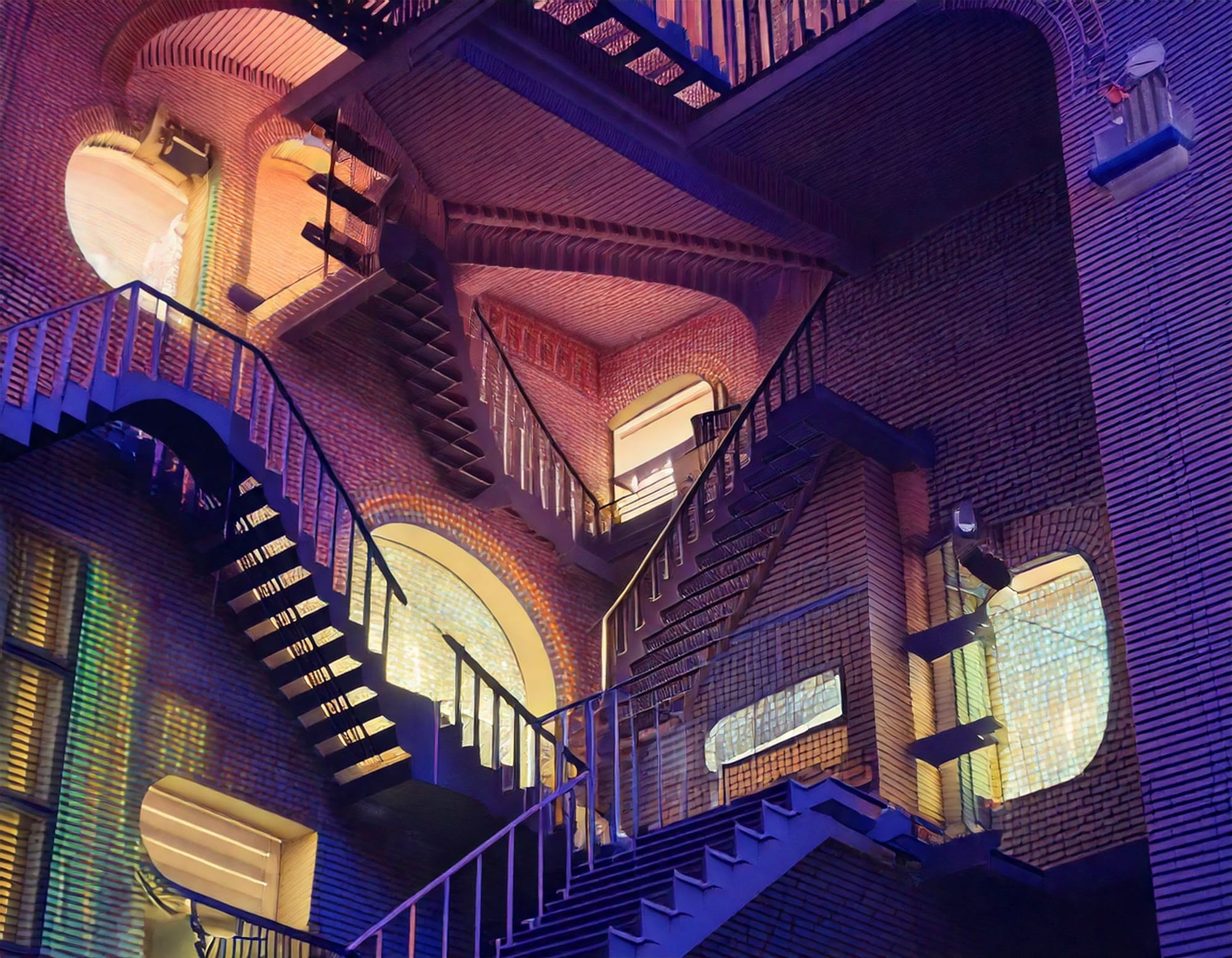
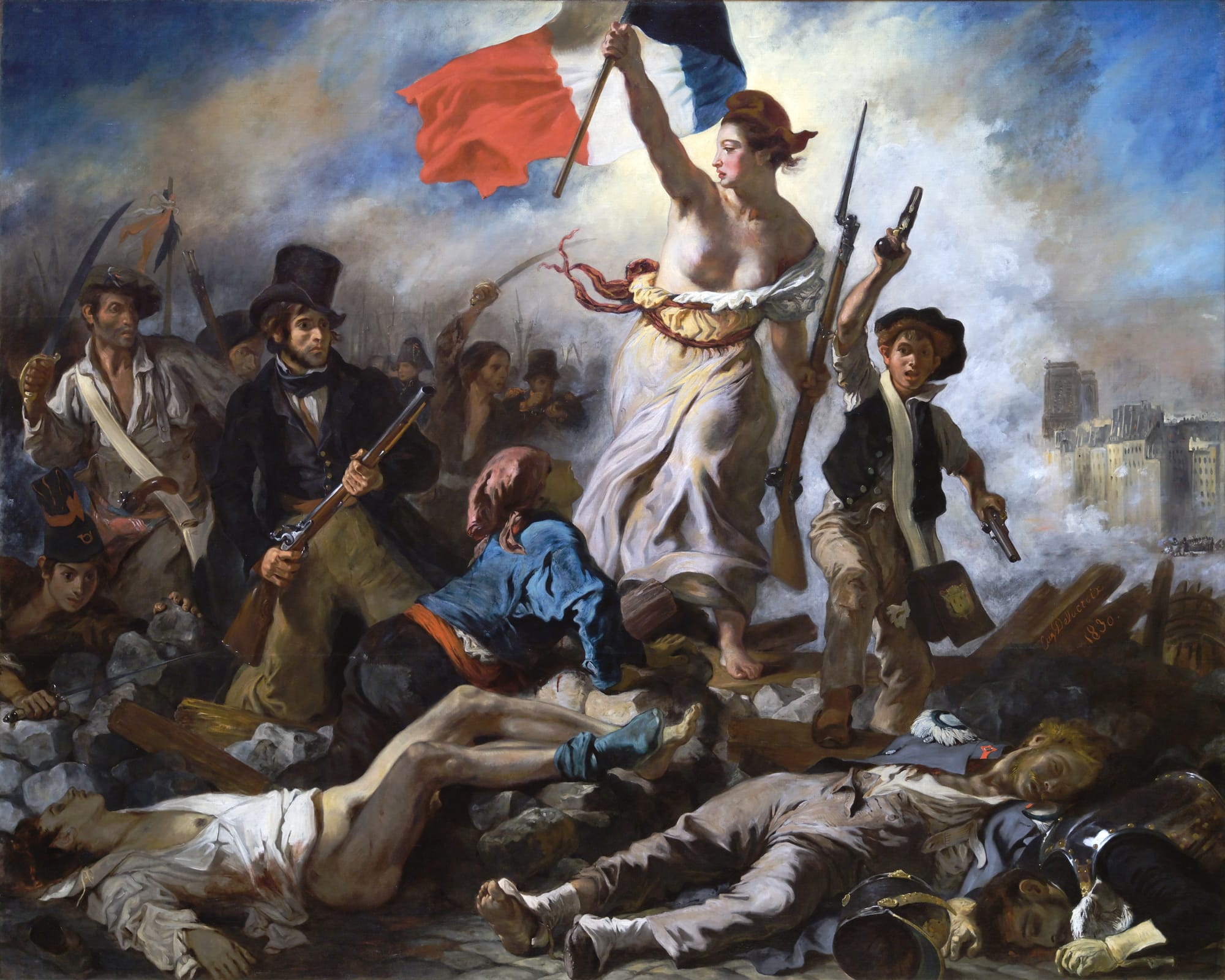
Discussion